Hot tubs – everything you need to know about outdoor spas
Enjoy a luxurious, bubbly soak in your very own outdoor spa

After a long day, what could be better than sinking into your own hot tub? Not only are they great if you don’t have time to head to a pricey spa, you can also enjoy chilling out more regularly, which can result in improved sleep and fewer muscle aches.
Perfect your plot! See all of our garden ideas
We've done our research, and have all the answers to your most commonly asked questions about buying and installing one of the best hot tubs.
1. What kind of hot tubs are there?
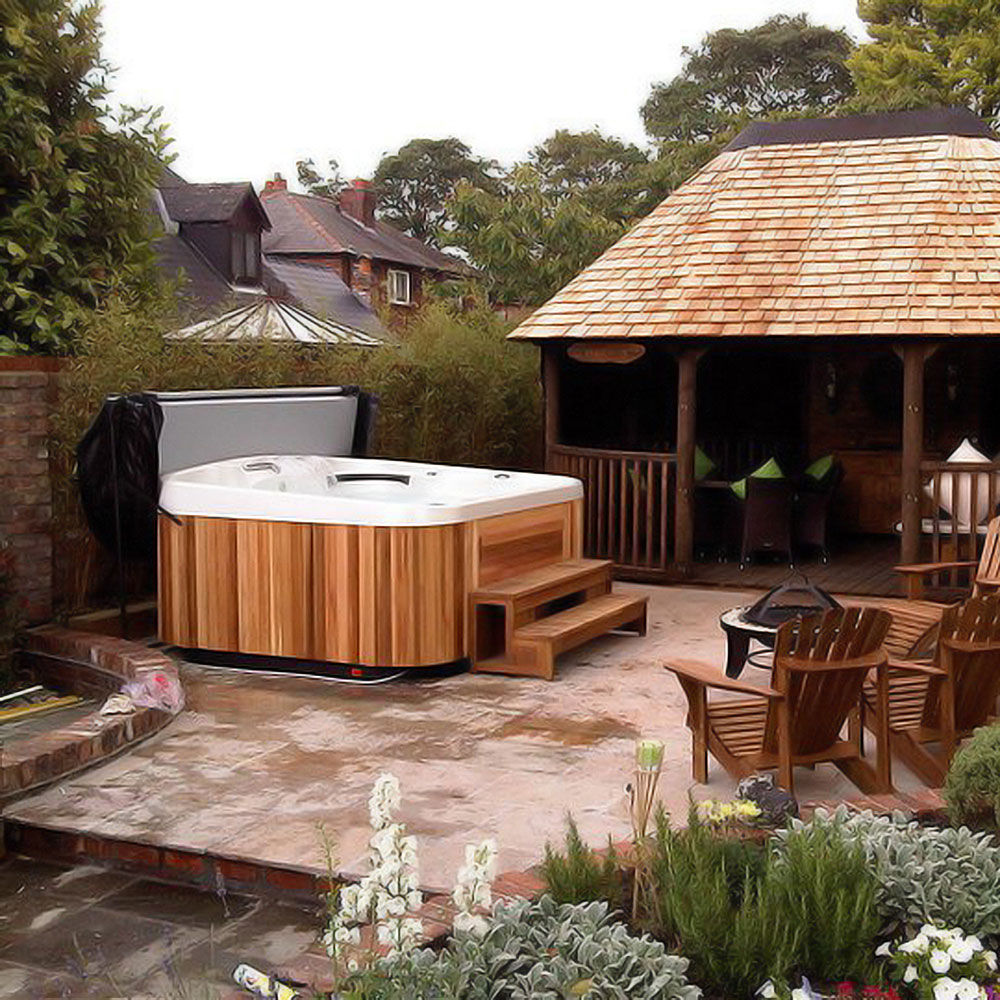
There are three main types of hot tub. Inflatable tubs are an affordable way to go, while rigid, Jacuzzi-style tubs tend to be the most hi-tech.
The third option is a wood-fired hot tub, powered by burning logs. These are a great option if you are concerned about running electrical power to your tub.
2. How much does a hot tub cost?
Basic inflatable hot tubs can be bought for less than £500, with rigid designs starting at £2,500-£4,000, depending on type. Large, luxury feature-packed designs can cost up to £30,000. Pay more than £10,000 and you tend to get a better-quality product that’s more reliable and will have a full service back up and warranty.
Don’t forget to ask about installation costs, as some companies won’t include this in the price. Factor in running costs, too – on average, hot tubs cost between £1 and £1.50 per day to maintain 40°C, plus you’ll need to buy water treatments.
Get the Ideal Home Newsletter
Sign up to our newsletter for style and decor inspiration, house makeovers, project advice and more.
3. Inflatable hot tubs – are they any good?
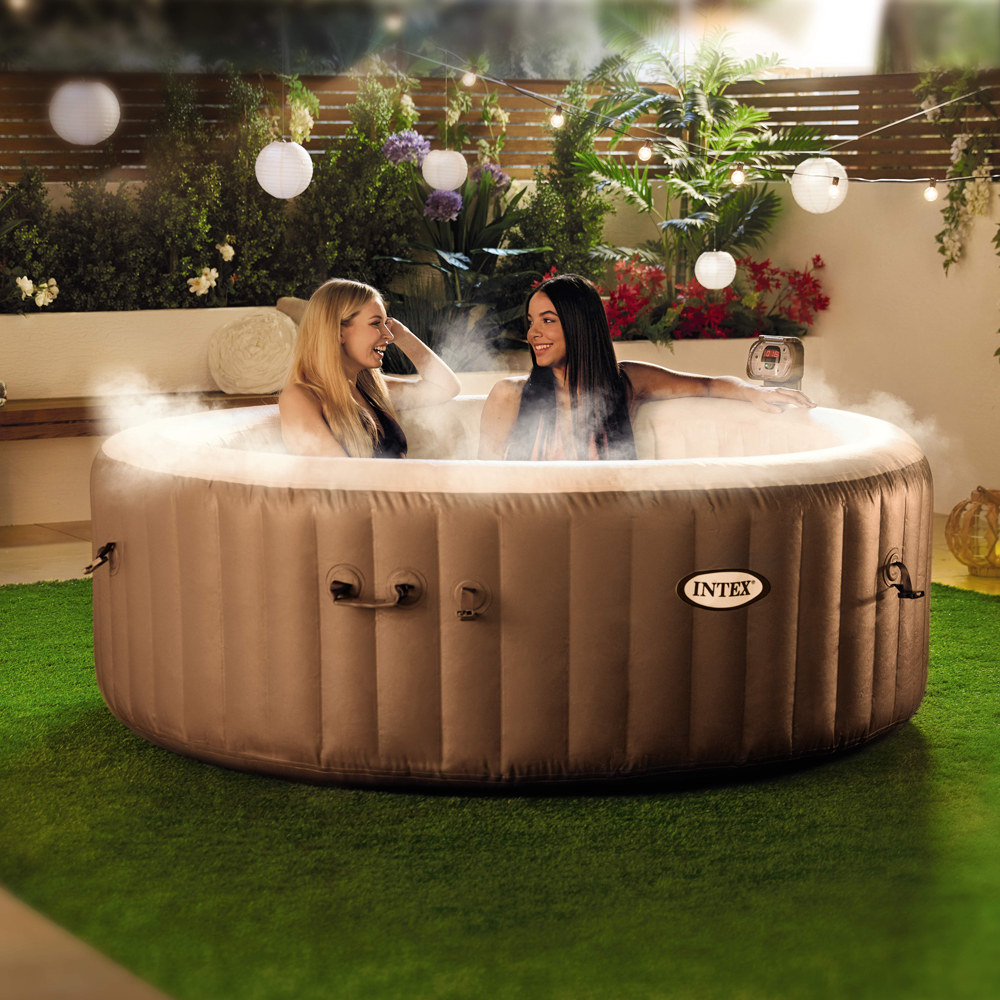
Aside from being the cheapest option, an inflatable tub is relatively easy to install into any size of garden. What's more, many can be plugged into the mains (see point 8) and you can be up and running that day (see point 7).
Aesthetically, however, inflatable hot tubs are not as attractive as rigid or wood-fired spas. And they are likely to have fewer bells and whistles, such as massaging jets and hydrotherapy programs.
4. Where are the best places to buy a hot tub?
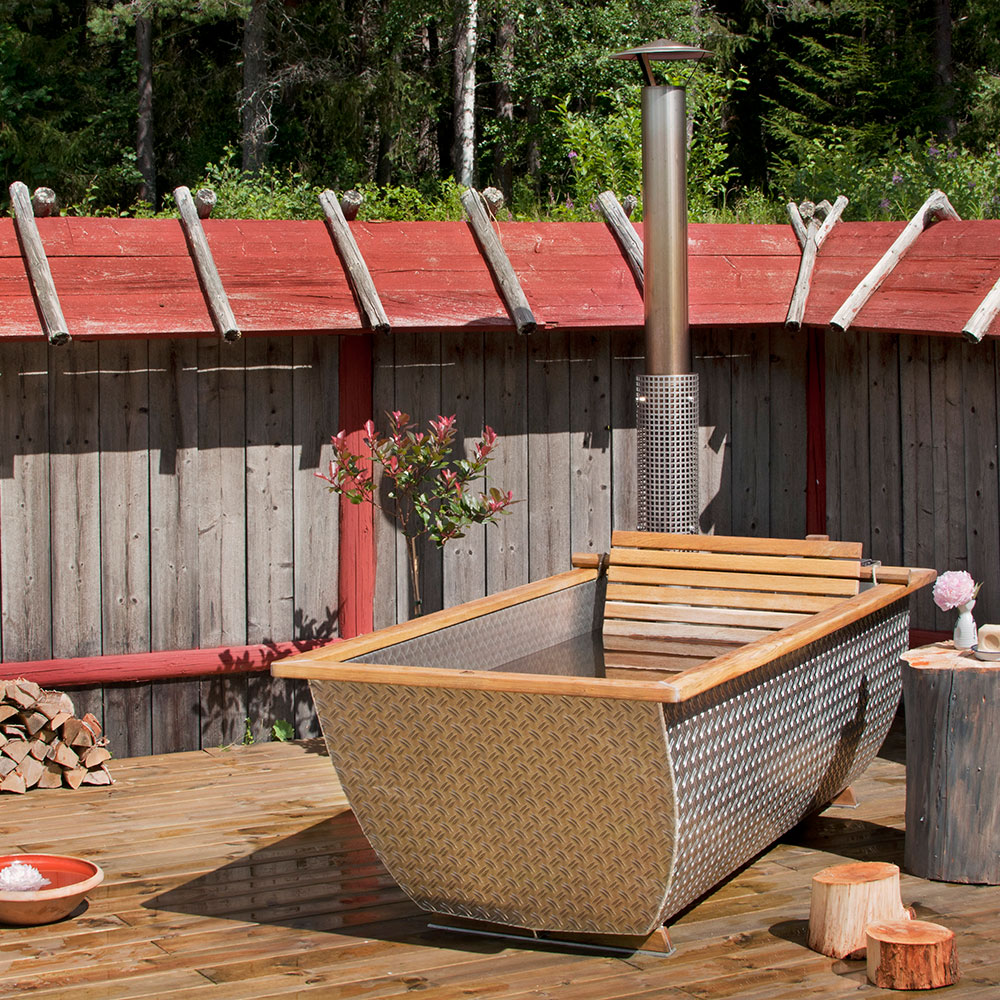
For inflatable hot tubs, you can't go wrong with Argos. Also check out Aldi and B&M, who have recently run some great offers.
Related: The Aldi hot tub is back! This weekend sees the return of sell-out spa pool
If you’re choosing a specialist supplier, check that they’re members of BISHTA (the British and Irish Spa and Hot Tub Association).
For Swedish wood-burning tubs, try Skargards. The fire in the Regal wood-burning hot tub creates a vacuum, causing the water to circulate naturally.
Holloways of Ludlow is another good source of wood-burning tubs. Inspired by boats, the Bohemen hot tub (shown above) can accommodate two adults and two children, has a built-in wood stove and is made from salt water resistant aluminium with a wooden interior
Buy now: Bohemen hot tub, £3,850 (plus £300 to £350 shipping), Holloways of Ludlow
If you're shopping for a top-of-the-range rigid tub, Italian brand Treesse has spas made from hardwearing, repairable CrystalTech material. While both Eagle Leisure Scotland and Award Leisure stock top-quality rigid hot tubs at reasonable prices.
5. How do I get the hot tub into my garden?
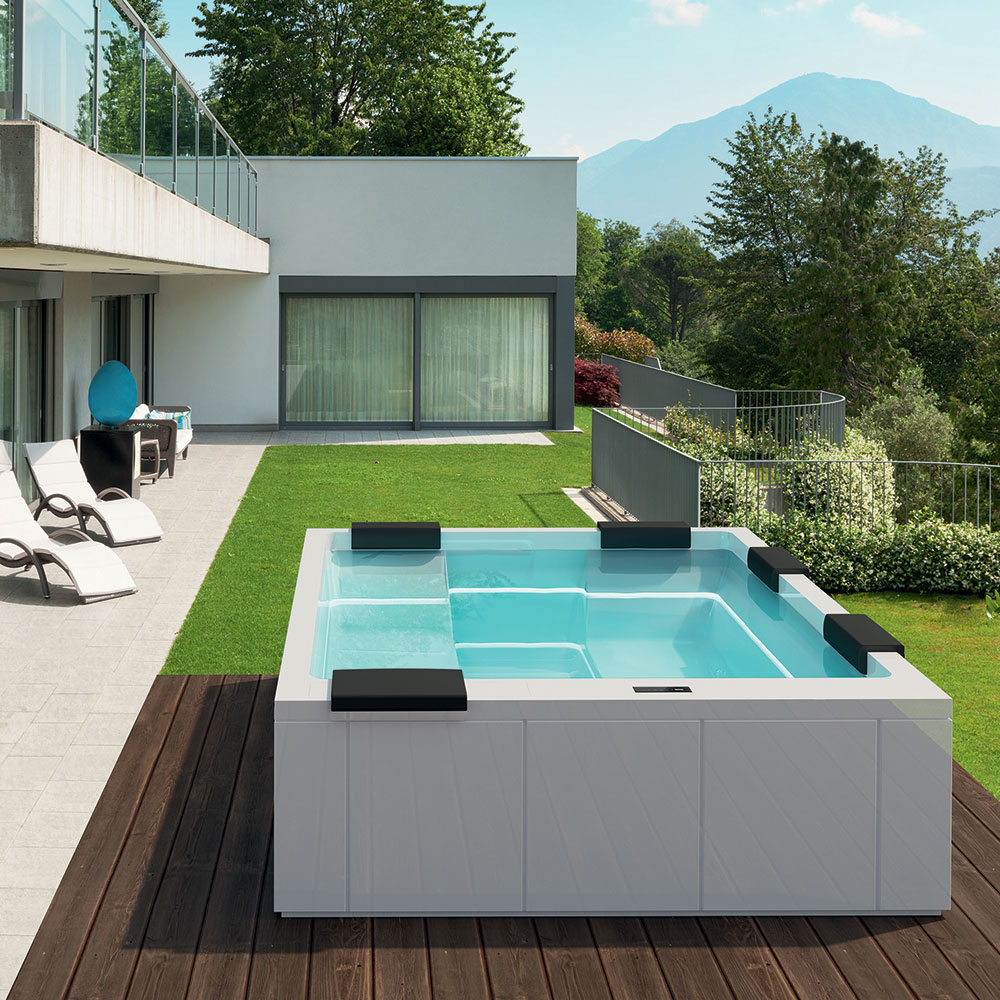
While some off-the-shelf hot tubs come in modular form so they can be taken through a garden gate, there are also rigid hot tubs that will be delivered on their side (so the height becomes the width) on a trolley.
Plan the path to the tub’s final destination, taking into account overhanging eaves, width of access and if anything needs to be removed, such as fence panels.
Preformed hot tubs are cumbersome and won’t bend around corners, so if access is tricky, craning one in is an option – your retailer will be able to recommend a company to do this.
6. Where is the best place to install a hot tub?
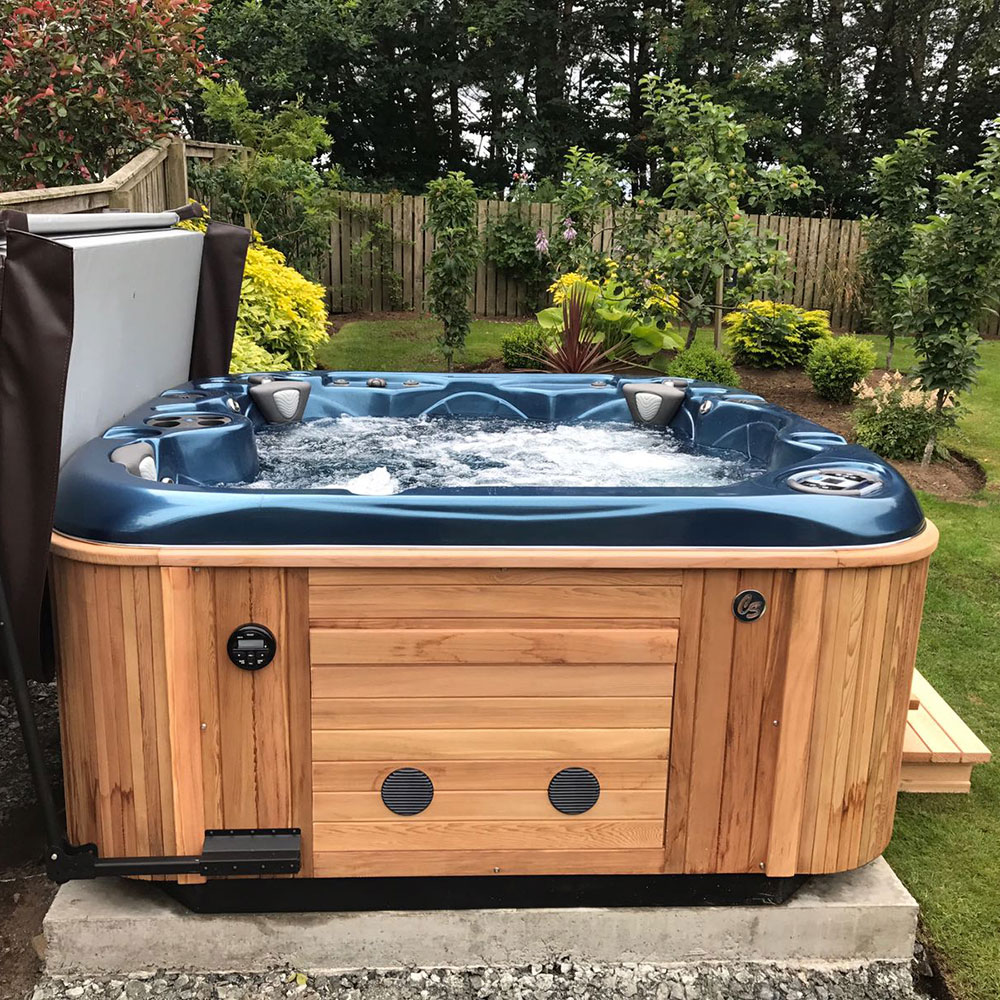
Your hot tub will need to live on a solid, level base, such as a concrete pad, decking or paving. Make sure the surface can handle the weight of the tub when filled with water and people (which can be up to two tonnes) – you may need to reinforce your patio.
Setting a hot tub directly on the ground can cause it to sink on one side, causing uneven weight distribution and potential damage. Think carefully about the location – you’ll need a clean area around it to reduce the amount of dirt being tracked in, and a spot where you’ll get the most daylight or a pleasant view.
Consider if you want the hot tub close to the house, or far away, which may require additional lighting for evening use. An enclosed area or some screening is ideal as it’ll help the water to retain more heat, reducing running costs, and provide some privacy.
You also don't want to fall foul of the law by breaching a neighbour's privacy or causing a noise disturbance...
Read this: Are you breaking the law in your own back garden?
7. How long does it take to install a hot tub?
Inflatable hot tubs usually take a few minutes to blow up, a couple of hours to fill and around six hours to heat up. Self-contained tubs can be up and running within a day, while non-self contained tubs that are sunk into the ground or decking take longer.
8. What are the electrical requirements for a hot tub?

Some hot tubs can be plugged into a standard socket and only require a 13 amp fuse, depending on the heater and pump size. You may need to have a dedicated outdoor socket installed by an electrician. Check also that the socket is protected by a circuit breaker or residual current device (RCD). If it’s not, you can buy one that plugs in.
Other tubs need to be wired into the mains on their own spur by a Part P registered electrician. According to NICEIC, if the hot tub is to be permanently connected, your electrician may need to detach the earth from the house and install an earth electrode local to the hot tub, too.
9. Does a hot tub need to be plumbed in?
Hot tubs have filtration systems and the water should be treated with special sanitising chemicals. Doing this will mean that, on average, the water will only need changing once a month, with three months as the recommended maximum.
10. What sort of drainage is required?
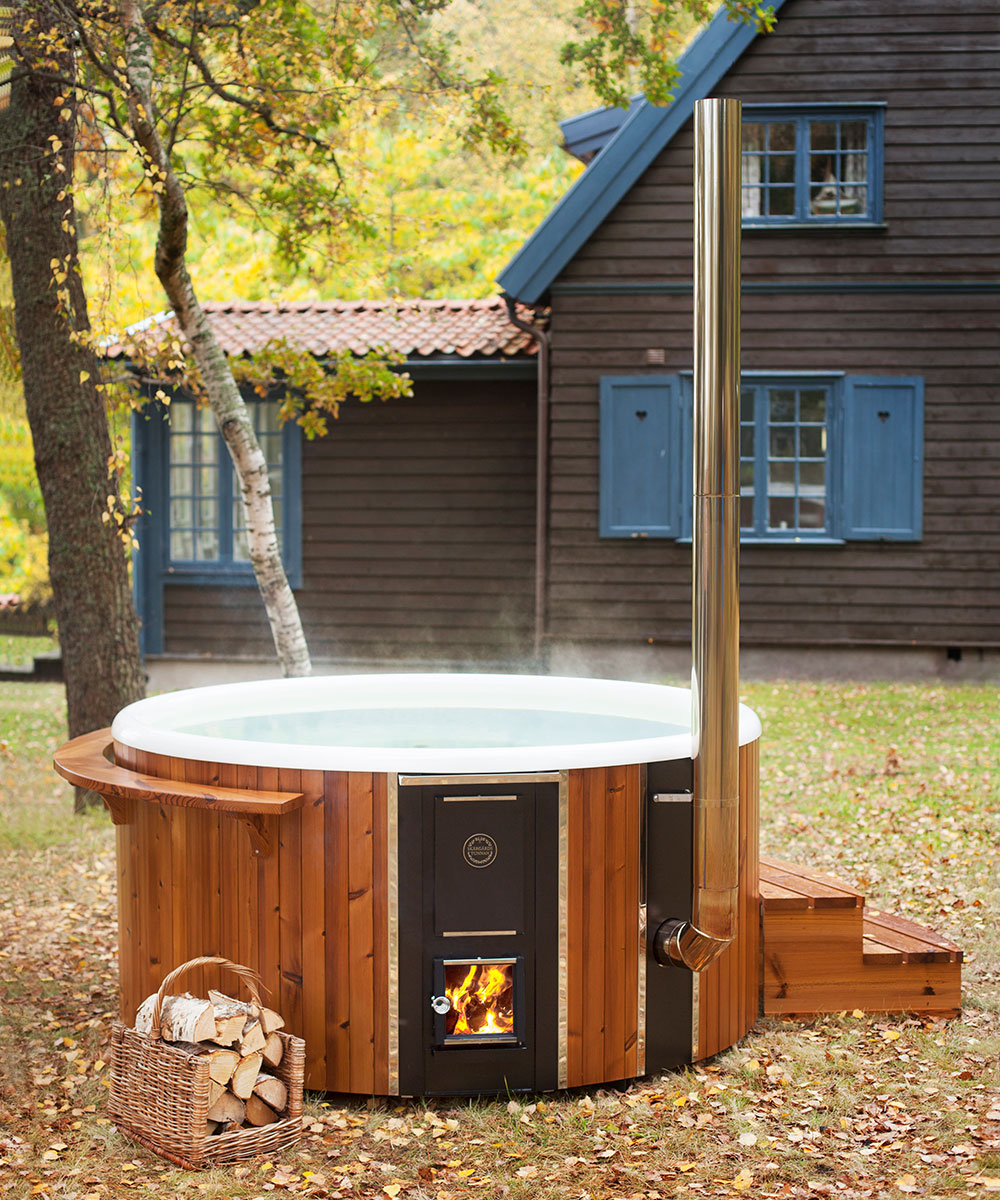
Each one will have a drain at the bottom for letting out water. This means that there’s very little need for a hot tub to be plumbed in or additional drainage.
Simply fill your hot tub with a hose and use the waste water in your garden. The level of chemicals in the water is relatively low, so it's safe for watering most plants.

Rachel Ogden is a freelance journalist with more than 20 years’ experience of writing, editing and sub-editing. Since 2007, she's worked exclusively in interiors, writing about everything from extending your home to kitchen worktops, flooring, storage and more. She specialises in product reviews, having reviews hundreds of small and large appliances and homeware.
-
 Wood drenching is the calming new twist on the colour drenching trend – here’s how to make the look work in your home
Wood drenching is the calming new twist on the colour drenching trend – here’s how to make the look work in your homeIt’s easier than ever to embrace natural materials
By Maddie Balcombe
-
 Aldi is launching a £200 day bed with four different features - its sleek design is suited to the whole family
Aldi is launching a £200 day bed with four different features - its sleek design is suited to the whole familyYou don't want to miss out on this Specialbuy
By Kezia Reynolds
-
 How to set up a drip watering system that saves water and a lot of effort
How to set up a drip watering system that saves water and a lot of effortKeep your plants hydrated (and your water bill down) with this clever garden watering solution
By Natalie Osborn